Near the border between Tibet and Bhutan, there is a village called Tuwa. The average altitude here is as high as 5070 meters, almost reaching the limit of human daily life, and it is the village with the highest altitude in the world. The oxygen content here is only half of that in mainland China. It’s hard to imagine that there are still people living here under such harsh conditions.

by Liu Xiaoyang yaka
1. Facing Pumoyongcuo directly, the scenery is excellent
Tuiwa Village is backed by snow-capped mountains, and next to it is Pumoyongcuo Lake. When you look up, you can see the boundless white and flawless.

by Chongwen’s Golden Jade Match 3
This small village surrounded by mountains and rivers is a beautiful place. Some people even say that Tuiwa Village is the entrance to heaven, and coming here means coming to a unique paradise on earth.

by Qianmo Farmer
During the day, you can nestle among the green mountains and clear waters. The most distinctive feature is the local flat-roofed houses, flocks of cattle, sheep and horses galloping on the grassland, and shepherds singing folk songs.

At night, the high sky is full of stars. When you look up, you will immediately feel how small human beings are.

(1) The most beautiful toilet in the world
There is also a place in Tui Village with an excellent view. You would never guess that it is the only public toilet in Tui Village. The high platform of the toilet directly faces the beautiful Pumuyongcuo Lake, the continuous snow-capped mountains are looming under the clouds, and the evening sky seems to have golden light shining on the lake. This is probably the most beautiful toilet in the world.
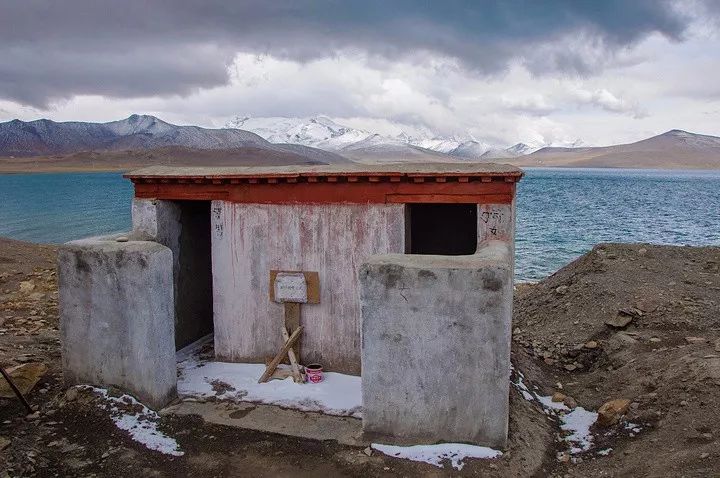
(2) Seeing Pumo Yongcuo in Tui Village
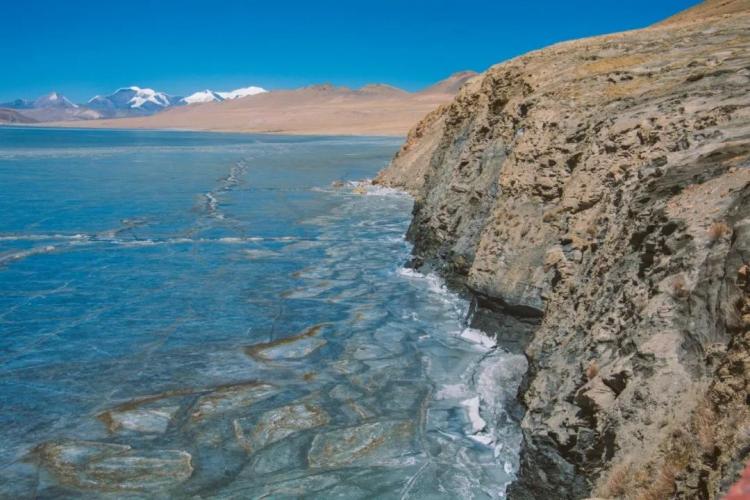
by Little Ah Fei’s Suitcase
2. History of Tui Village
Thousands of years ago, a living Buddha practiced here, so he had many followers. People formed a settlement around the temple, which is the predecessor of the current village. After a long time, a disciple of the Living Buddha couldn’t stand the hard practice, so he asked the master to leave. So the Living Buddha took off his cassock, laid it flat on the surface of the Pumo Yongcuo lake, let the disciples step on the cassock to the other side, and warned the disciples not to look back.
When the apprentice stepped on the cassock and walked to the center of the lake, he turned his head back because of fear. At this time, the cassock quickly retreated. In order not to let the disciple fall into the lake, the Living Buddha pushed the cassock towards the center of the lake with all his strength, and the disciple was able to reach the other side. So this small village around the temple has its name: “Tui”. The original temple also had the name “Tui Gongba” (“Gongba”, which means temple in Tibetan), and it is generally called “Tuiwa Temple” directly in Chinese. The hill behind Tui Village also has a name: “Tui Shan”.
Tuiwa Temple is an important religious center in the local area. It is built on the cliff of Pumoyongcuo. It has to be said that the appearance of this cliff is not ordinary. There is a sense of sight of the Cinque Terre in Italy.

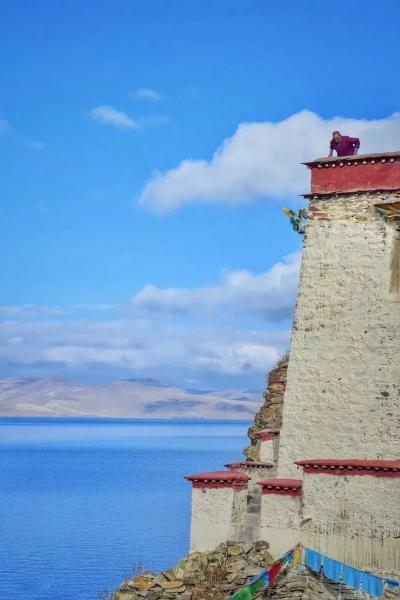
3. The sheep here will “drift on the ice”
The source of life in the village depends entirely on animal husbandry. Every household has a loom and weaves their own blankets. Sheep and yaks are the source of income for the village.

byRedman Tutorial
Every year, when the ice of Pumoyongco Lake freezes the hardest, the villagers of Tuwa drive their sheep to the small green and fertile island in the middle of the lake. When the Tibetan New Year comes more than ten days later, the villagers are driving the flock of sheep back to the shore, so that the sheep will also go home for the New Year. They used cow dung ash to spread ash road less than one meter wide on the road from the lake bank to Lajun Island to prevent the sheep from slipping and falling on the ice. This tradition has lasted for thousands of years in this land, and the documentary “The Third Pole” once filmed this scene.
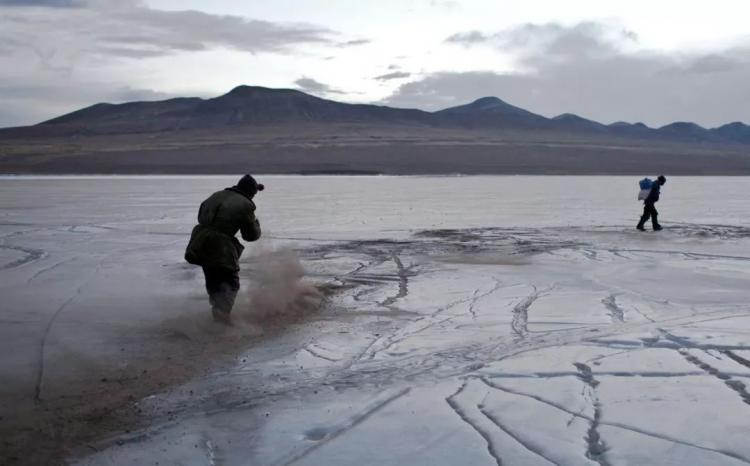
4. The commune system is still maintained
This village of more than 100 people has maintained an almost primitive state of existence, and still maintains the commune system. People, regardless of their position, seniority, or seniority, all take turns to herd cows and collect cow dung. The cow dung picked up must be distributed uniformly. .
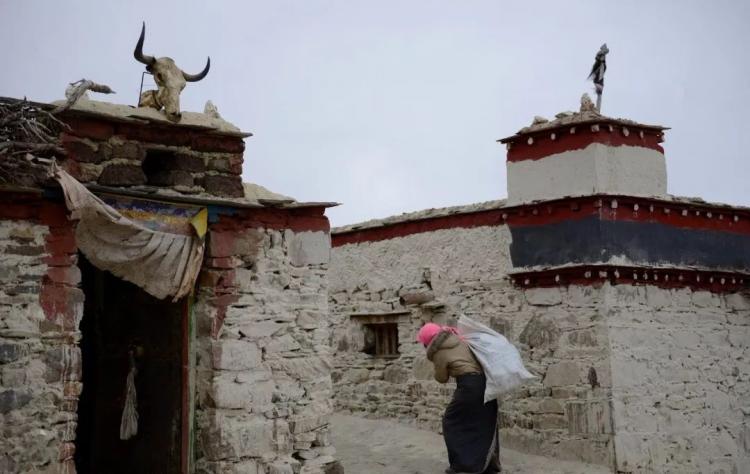
byRedman Tutorial
The small village is not big, but the religious atmosphere is very strong. On the doors of local villagers, this kind of sun and moon marks can be seen everywhere. This mark is an important symbol of Tibetan Buddhism. The sun and the moon, as the main illuminants in the universe, have become typical astrological symbols. In Vajrayana Buddhism, the sun and moon are the most important symbolic astrology. The red or golden sun represents feminine wisdom, while the white moon represents masculine approach or compassion.
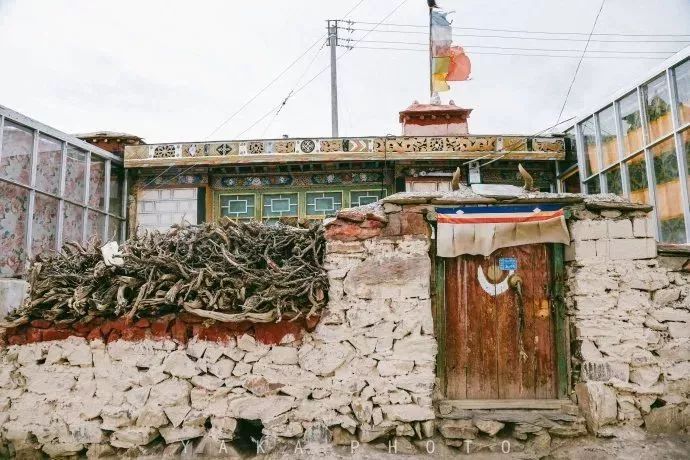
by Liu Xiaoyang yaka
On the streets of the village, carefree children can be seen walking around everywhere.
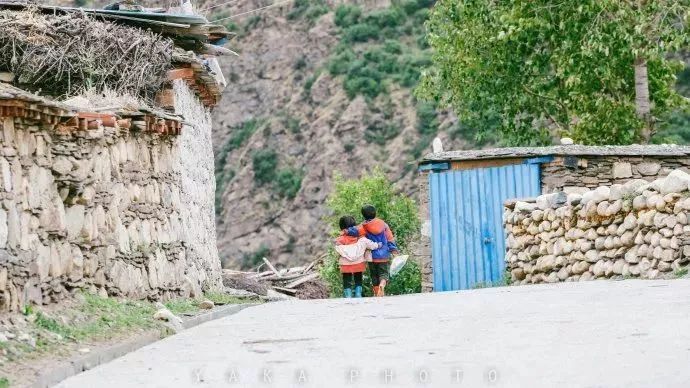
by Liu Xiaoyang yaka
According to the local people, Tuwa Village is the village with the shortest life expectancy in the south of the mountain, only forty-five years old. The government wanted them to relocate several times, but they refused, so they kept it. Perhaps in their view, this The small village, even if there are many bad things, is still my hometown that I can’t give up.
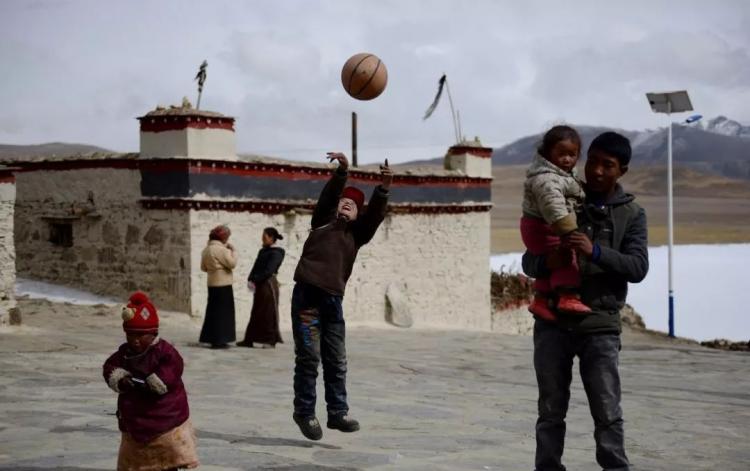
byRedman Tutorial

Source of pictures and texts: Tibet Travel Online.




